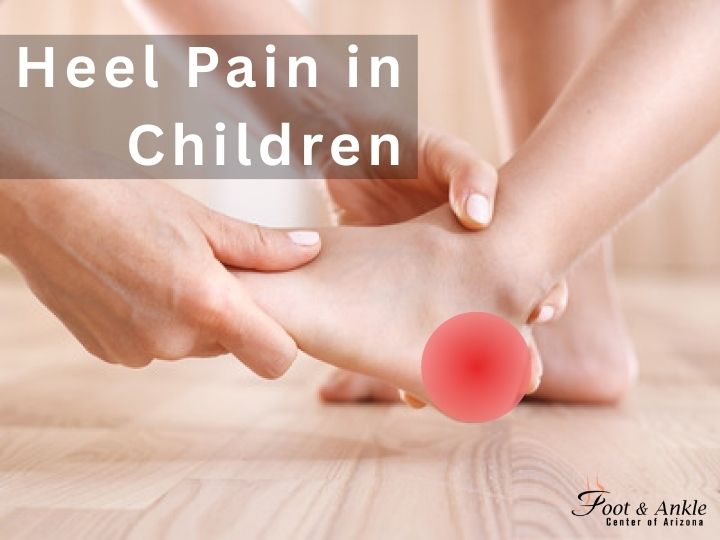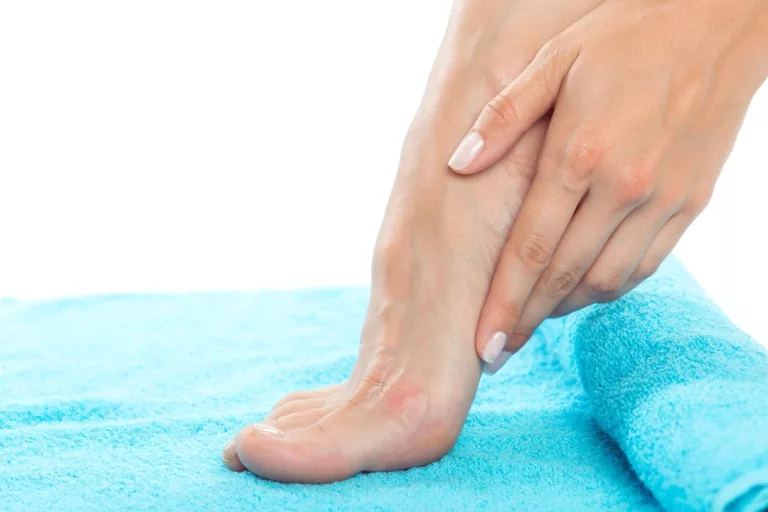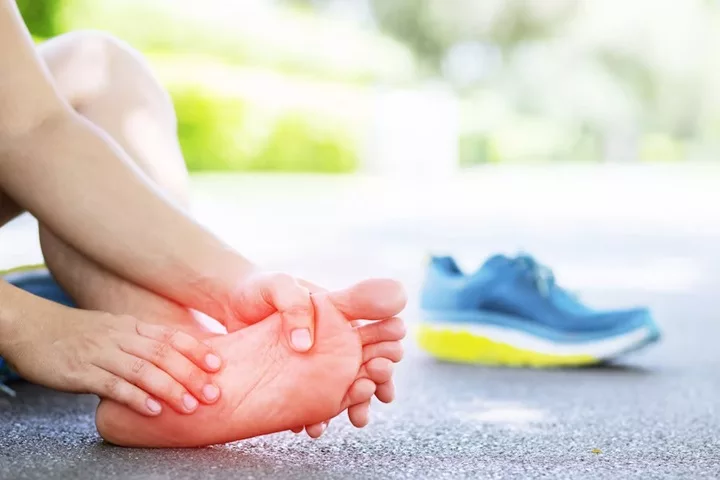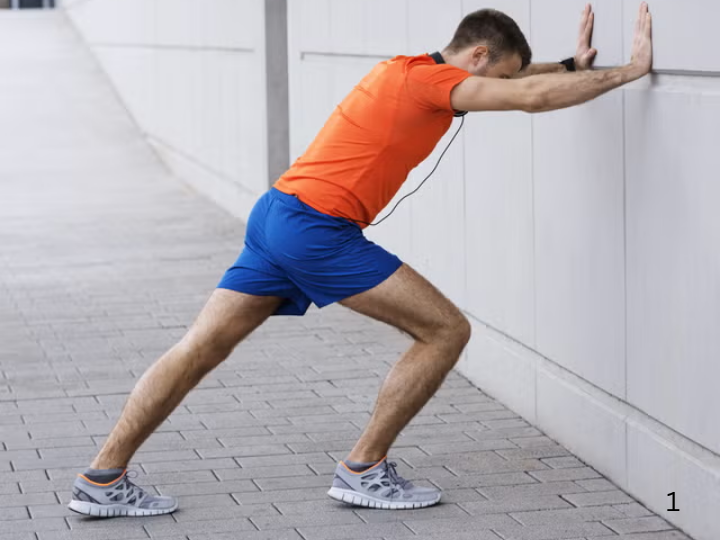What Is Pediatric Heel Pain?
Heel pain pediatric cases are most commonly linked to a condition called calcaneal apophysitis, also referred to as Sever’s disease. This is a type of growth plate inflammation that affects the heel bone (calcaneus) in children who are still growing—typically between the ages of 8 and 14.
During growth, the heel’s growth plate (physis) is softer and more vulnerable to injury from repetitive stress or physical strain. This condition is temporary but can be painful and limiting for children, especially those who are active in sports.
Why Heel Pain in Pediatric Patients Is Different from Adults
In adults, heel pain often improves with walking. However, in heel pain pediatric cases, discomfort usually worsens with activity, including walking or playing. Children often limp or walk on their toes to avoid putting pressure on the painful area.
What Causes Pediatric Heel Pain?
Several risk factors can contribute to the development of calcaneal apophysitis:
- Overuse in sports: High-impact activities such as basketball, soccer, gymnastics, and track put repeated strain on the heel.
- Hard playing surfaces: Concrete courts and artificial turf increase stress on the growth plate.
- Poor footwear: Lack of cushioning or support can worsen heel conditions.
- Tight Achilles tendon: Limited flexibility can increase tension at the heel.
- Flat feet or high arches: Abnormal foot mechanics affect how pressure is distributed.
- Obesity: Extra weight adds additional strain on developing bones and joints.
Signs and Symptoms of Heel Pain Pediatric Conditions
Children may not always verbalize their pain clearly. Watch for the following signs that may suggest pediatric heel pain:
- Pain at the back or underside of the heel
- Limping, especially after sports or prolonged activity
- Preference for walking on tiptoes
- Stiffness or tightness in the foot and ankle area
- Discomfort when the sides of the heel are squeezed
- Reluctance to participate in physical activity
How Is Pediatric Heel Pain Diagnosed?
A proper diagnosis is essential to rule out other potential causes such as fractures, infections, or juvenile arthritis. Diagnosis typically involves:
- Medical history review: A discussion about symptoms, sports involvement, and recent activity.
- Physical examination: Checking for localized tenderness, tightness in the Achilles tendon, and gait analysis.
- X-rays: To rule out other bone issues and evaluate heel bone development.
- Advanced imaging: Rarely needed, but MRI or ultrasound may be used in complicated cases.
Treatment for Heel Pain Pediatric Patients
Fortunately, most cases of calcaneal apophysitis respond well to conservative treatment. Common approaches include:
1. Activity Modification
Reducing or avoiding high-impact activities gives the heel time to heal. This may mean taking a break from sports temporarily.
2. Supportive Footwear and Orthotics
Wearing shoes with proper arch support and cushioning is critical. In some cases, custom orthotics may be prescribed.
3. Anti-Inflammatory Medications
Over-the-counter medications like ibuprofen help reduce swelling and relieve pain.
4. Physical Therapy
Stretching exercises, especially for the Achilles tendon, can relieve pressure on the heel. Physical therapy may also include ice, ultrasound, or massage.
5. Immobilization
If the pain is severe or persistent, the child may need to wear a boot or cast to completely rest the foot.
How Long Does Pediatric Heel Pain Last?
With early intervention, heel pain pediatric cases typically resolve within a few weeks to a couple of months. However, flare-ups can happen until the growth plate closes, usually around age 14–15. Recurrent heel pain may indicate a return of the condition or another underlying issue that needs further evaluation.
Tips for Preventing Pediatric Heel Pain
Although not all cases are preventable, there are steps you can take to lower your child’s risk:
- Choose well-fitting, supportive shoes appropriate for the sport or activity.
- Limit time in cleats or minimal-support shoes.
- Encourage stretching routines before and after activity.
- Maintain a healthy body weight to avoid excess pressure on joints.
- Avoid excessive sports participation or back-to-back seasons without rest.
When to See a Foot and Ankle Specialist
If your child experiences persistent or worsening heel pain, it’s time to consult a foot and ankle specialist. Early diagnosis ensures faster recovery and prevents long-term complications. A podiatrist trained in heel pain pediatric conditions can provide a personalized treatment plan based on your child’s needs.
Conclusion: Don’t Ignore Heel Pain in Children
While growing pains are common, heel pain in pediatric patients should never be overlooked—especially when it affects their ability to walk, play, or enjoy daily life. With proper care, most children can return to normal activity without long-term issues.
For expert evaluation and treatment of pediatric heel pain, consult your local foot and ankle specialist today.




